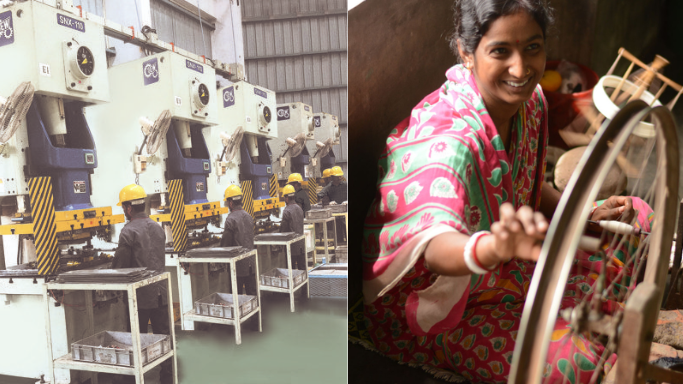
How to Identify Handloom Fabrics in a Powerloom World

The difference between powerloom and handloom fabrics lies in their production methods and characteristics. Powerloom fabrics are mass-produced with electrical looms, offering uniformity and affordability. Handloom fabrics, crafted manually, showcase unique designs and textures, reflecting traditional artistry and craftsmanship. Handmade fabric’s irregularities add charm, while powerloom fabrics ensure consistency. Handloom fabrics, rich in cultural heritage, differ significantly from powerloom’s industrial efficiency.
Visual Inspection
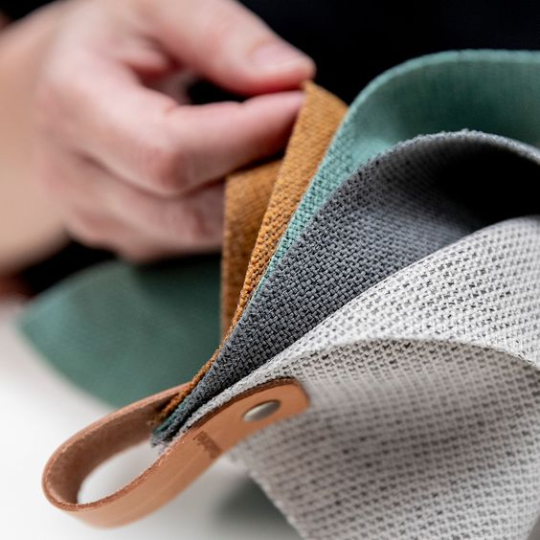
Irregularities: Handloom fabrics often have slight irregularities or variations in the weave, which add to their charm and uniqueness. Powerloom fabrics are usually uniform and consistent in appearance.
Selvage: Check the edges of the fabric. Handloom selvages are often a bit rough and uneven, while powerloom selvages are smooth and even.
Feel and Texture
Handloom: These fabrics tend to feel softer and have a more organic texture due to the gentle weaving process.
Powerloom: These can feel stiffer and more uniform because of the precise and mechanical production process.

Weight and Thickness
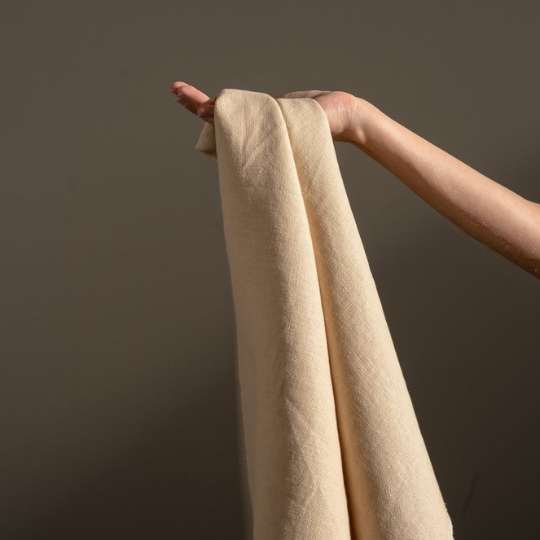
Handloom: These fabrics can have variations in thickness and weight throughout the material.
Powerloom: The fabric will generally have a consistent thickness and weight.
Thread Count and Yarn Quality
Handloom: Often, handloom fabrics use coarser yarns, and the thread count can be lower. The yarns may also show variations in thickness.
Powerloom: Higher thread count and finer, consistent yarns are common, leading to a more polished finish.
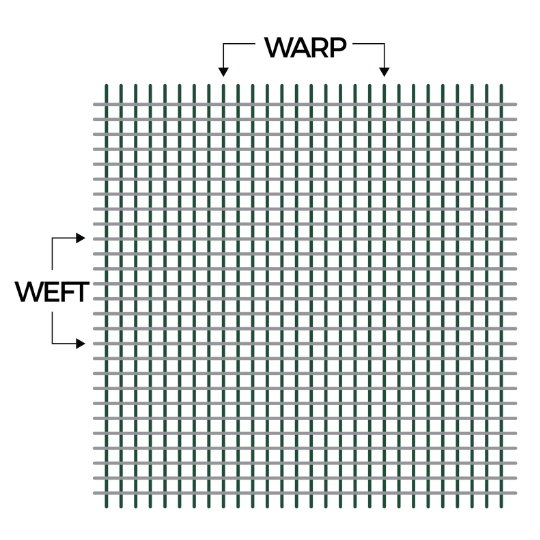
Cultural and Regional Marks
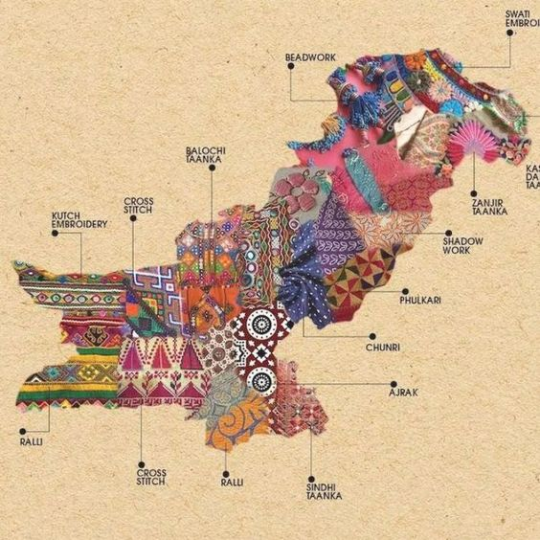
Certain regions are renowned for specific types of handloom fabrics (e.g., Banarasi silk from Varanasi, India). Authentic handloom products often carry cultural or regional indicators, including geographical indication (GI) tags.
Certification and Labels
Look for certifications or labels from organizations that verify the authenticity of handloom products. In India, for example, the "Handloom Mark" is used to authenticate handloom textiles.
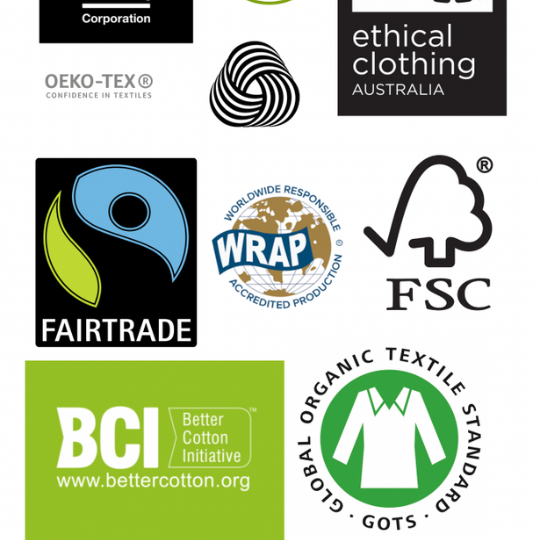
Burn Test

While not always recommended due to safety concerns, a burn test can sometimes help. Natural fibers used in handloom fabrics will usually smell like burning paper or hair and leave a fine ash. Synthetic fibers used in powerloom fabrics might smell like plastic and leave a hard bead.
TEXTURE AND FEEL
Handloom fabrics often have a unique texture and feel. They tend to be softer and more breathable compared to their powerloom products. due to the natural fibers and manual weaving process. When you touch a handloom fabric, it usually feels more organic and less uniform and uneven.
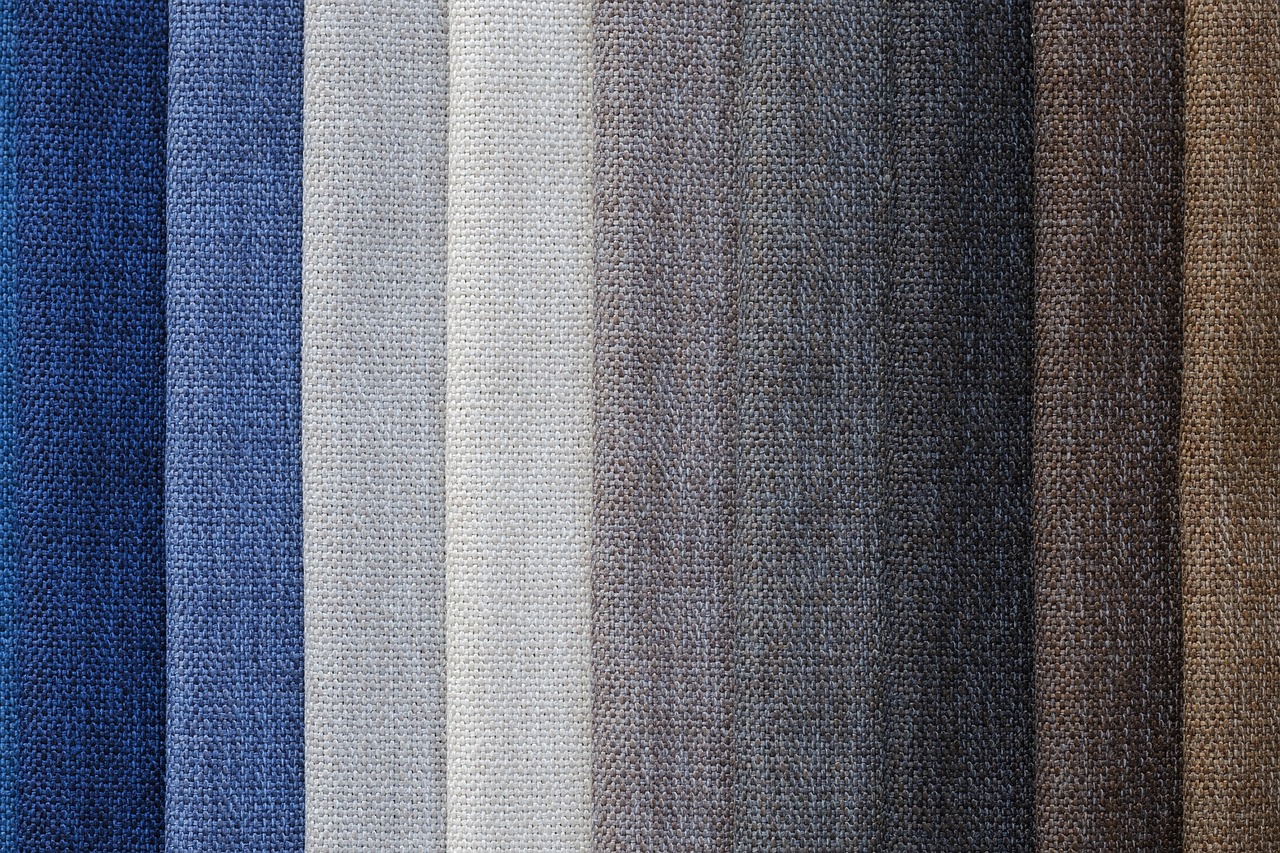
IRREGULARITIES AND INPERFECTIONS
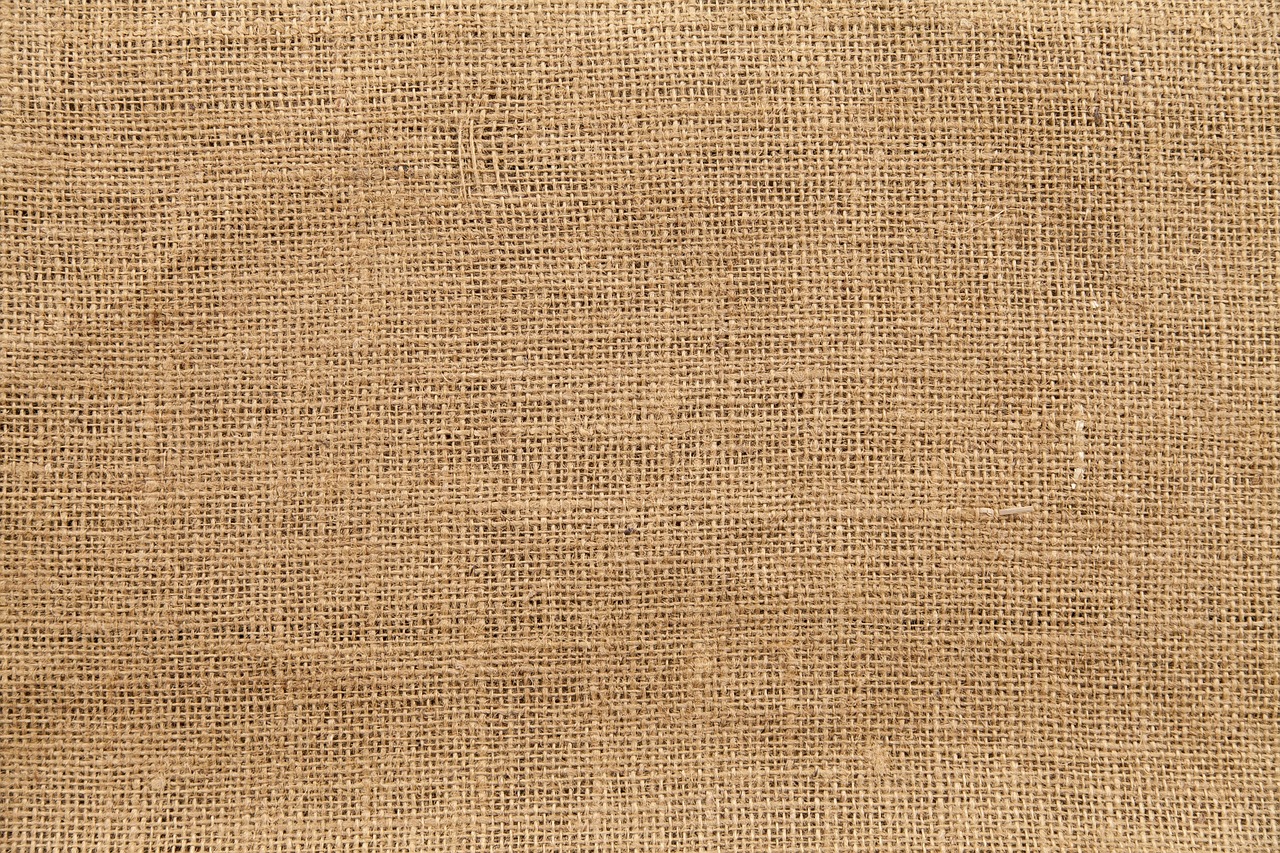
One of the hallmarks of handloom fabrics is their irregularities. Since they are woven by hand, you can often spot small imperfections and variations in the weaveand color, which add to their charm and authenticity. Powerloom fabrics, in contrast, are more consistent and uniform due to machine
WEAVE DENSITY
The density of the weave can also be a clue. Handloom fabrics can vary in weave density, often appearing looser or more open in some places. Powerloom fabrics, on the other hand, generally have a consistent and tight weave throughout.
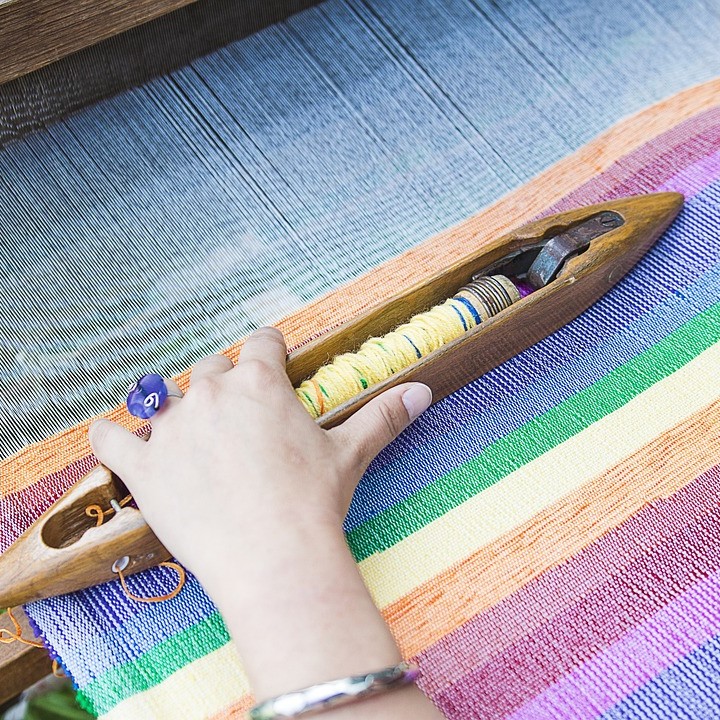
LABELS AND CERTIFICATIONS
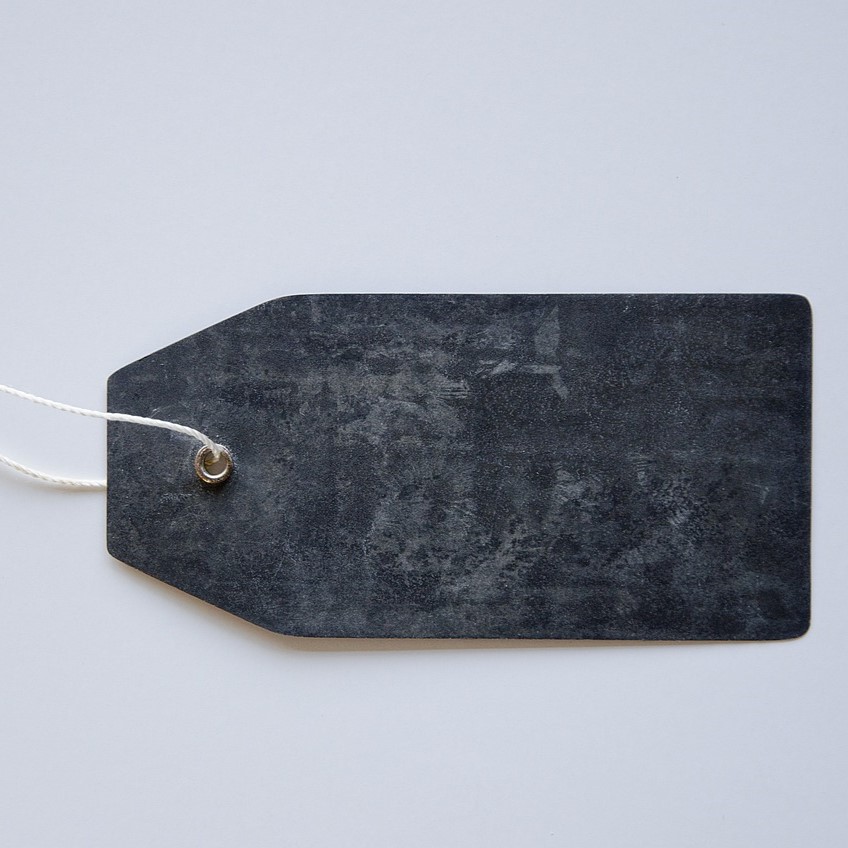
Many handloom fabrics come with labels or certifications from organizations that authenticate their origin and craftsmanship. Look for tags that mention "handloom " or certifications from bodies like the Handloom Mark, which guarantees the fabric was woven by hand.
related question
How to tell if fabric is hand woven?
arrow_drop_downHandspun handwoven fabrics: If you observe uneven yarn both lengthwise and widthwise on the fabric, it could be handspun and handwoven. In machine spinning, since there is a preset of twist per inch (TPI) the yarn is even, without any uneven spots. In the power loom & mill sector, machine-spun yarn is used.
What is the difference between handloom fabric and powerloom fabric?
arrow_drop_downIt is this throwing of the weft that marks the key difference between a handloom and a powerloom. In a handloom, the weft yarn, rolled inside a shuttle, is thrown by hand. This throwing is also referred to as the pick motion. In a powerloom, the pick motion is achieved by using specialised machines.
What are the advantages of handloom over powerloom?
arrow_drop_downHandloom items that may be made from the same material will be much heavier and have more body and strength. The loose weaving of handlooms also makes it much more resilient and allows the fabric to breathe, unlike power loom weaving which is very tight.
What are the different types of fabric certifications?
arrow_drop_downFabric certifications include OEKO-TEX® for harmful substance testing, GOTS for organic textile standards, Fair Trade for ethical labor practices, GRS for recycled content verification, Bluesign® for sustainable production processes, and BCI promoting responsible cotton farming.
More Blogs
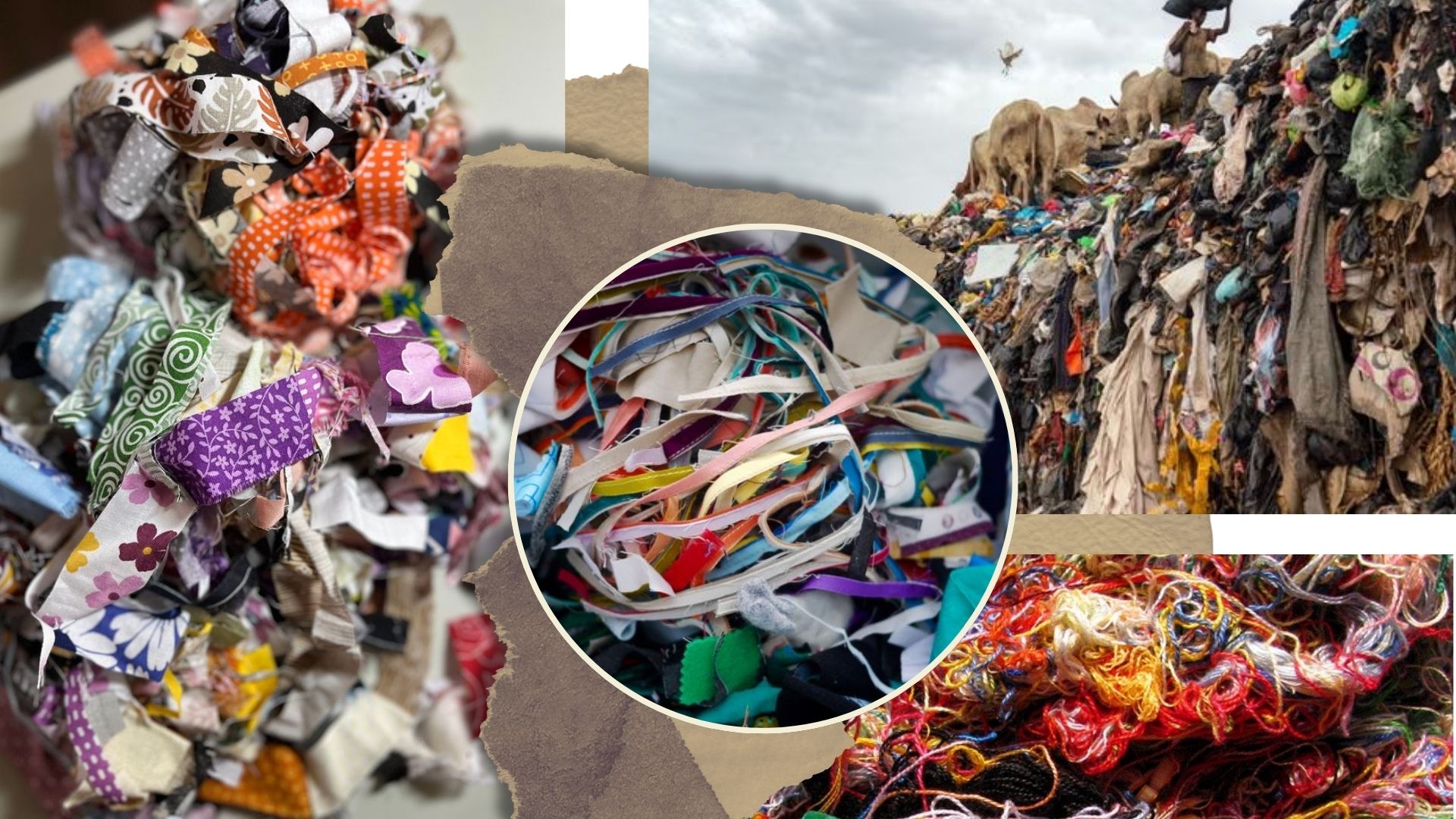
the scrap fabric solution, from clutter to creation

the art of sustainable recyclability
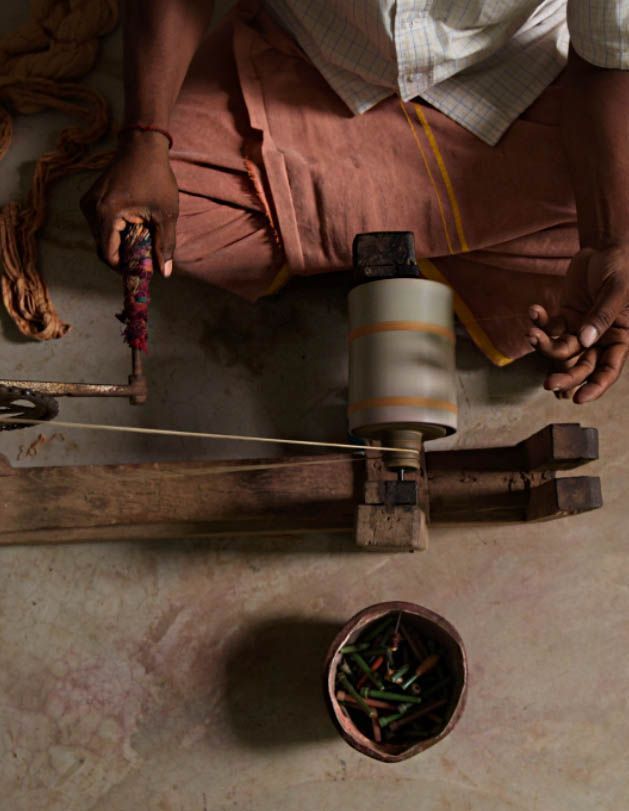
indian handloom in contemporary world
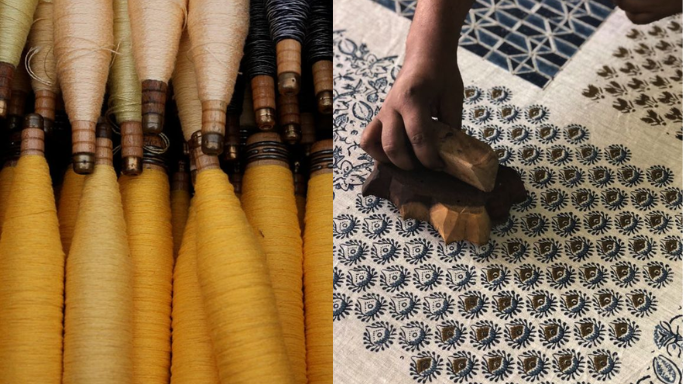
sustainability through handloom manufacturing

ketia silk - a peace lover
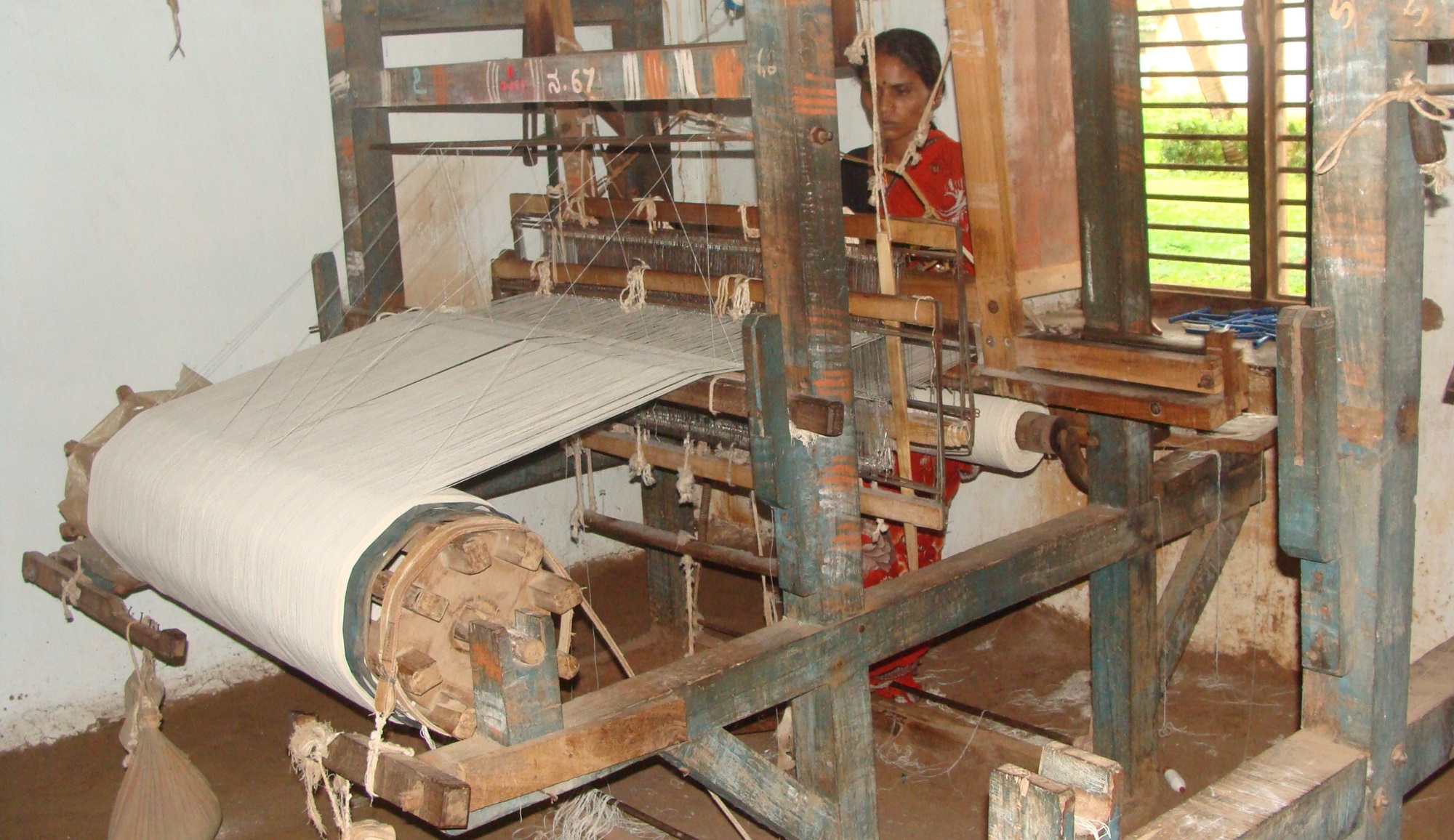
reviving handloom weaving of india's finest khadi






